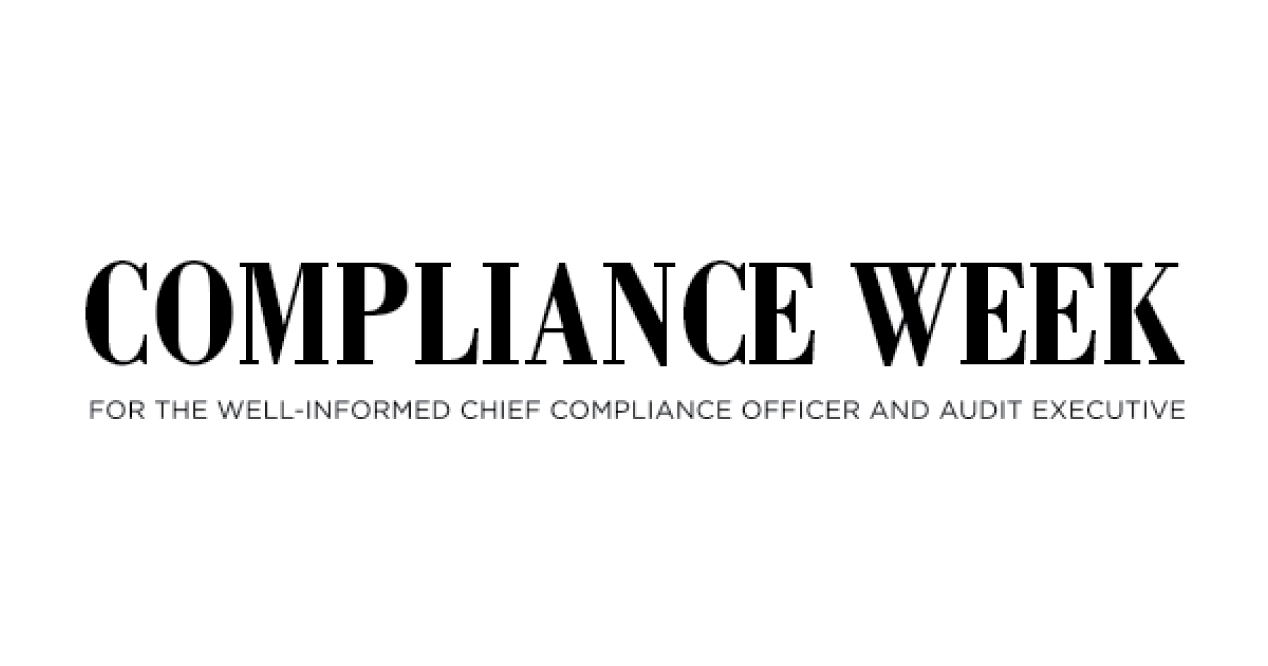Customer Success Story:
U.S. law to stop Uyghur forced labor remains compliance challenge
It’s been six months since the Uyghur Forced Labor Prevention Act (UFLPA) took effect, and businesses are no clearer today on how to comply with it, those familiar with the law said.
Under the law, enforced by U.S. Customs and Border Protection, goods from the Xinjiang region in northwestern China are assumed to have been made with the forced labor of Uyghurs, unless a company can prove otherwise, according to a CBP explainer.
Companies that import directly from Xinjiang are required to comply with the act, as are companies whose products might include any raw materials from Xinjiang or who have a relationship with entities on the CBP’s forced labor list, noted Ker Gibbs, former president of the American Chamber of Commerce in Shanghai.
In practice, the UFLPA means at the U.S. border, the CBP might ask for purchase orders for every ounce of products and raw materials that might have come from Xinjiang and proof none of it was comingled with forced labor-derived products, said Daniel Smith, ESG director of product marketing at e2open, a digital supply chain platform for businesses and third-party auditors.
The supply chains of some companies might have thousands of threads with thousands of entities involved, all or many of them in China. Businesses must be prepared to show the CBP documents proving their goods were not created with forced labor.
Some businesses think to comply with the UFLPA all they need is a screening tool to check their suppliers against a government list of dirty suppliers. Small businesses typically don’t know beyond Tier 1 partners where their goods are from, Smith said.
“Compliance teams need to understand this is a completely different law and it will take a concerted amount of effort at your organization to comply,” Smith said.
“There’s now a demand for a level of knowledge about supply chains that’s unprecedented,” said Harry Clark, a partner at law firm Orrick, which assists companies with supply chain inventories and tracing, gap analysis, and due diligence.
Prior to the UFLPA, businesses had to take reasonable care to avoid products made with forced labor, Smith said. The United States previously had bans in place on importing cotton and tomatoes and restrictions on importing polysilicon, used in solar panels and electronics. Companies could rely on third-party auditors in Xinjiang to vet their supply chains.
But the UFLPA requires much more of businesses, Smith said. “You have to positively show no forced labor is in your supply chain,” he said.
An Aug. 31 report from the United Nations detailed the extent of forced labor in the Xinjiang region. Most companies want to comply with the law for ethical reasons.
“There are very few people who don’t care about forced labor in their supply chains,” Smith said. “[It’s] a big, existential issue in the supply chain industry right now.”
The problem businesses face is how to comply with the extensive requirements of the law and gaps in the CBP’s guidance.
“Some aspects of the law literally no one knows the answers, including government officials,” Clark said. This includes what documentation is required if goods are held back by the CBP, he said.
The CBP has not officially posted the number and type of goods or shipments it has withheld since the law took effect June 21, and it did not respond to a request for that information.
But there is no doubt the agency is actively enforcing the law, Clark said. Some reports have indicated “considerable volumes of merchandise” are being detained by the CBP, he said.
A report released this month by Sheffield Hallam University in the United Kingdom claimed major car brands are at “high risk of sourcing from companies linked to abuses in the Uyghur region” and thus violating the UFLPA.
Where to start compliance
Despite the problems with the UFLPA, the time has come for businesses to make investments to ensure their supply chains are not relying on forced labor, said Ram Ben Tzion, chief executive officer of Publican, whose digital platform is used by customs and tax authorities globally to vet freight.
“We’re trying to change to a more responsible and ethical [global trade] environment which is not just about the cost of goods but of the human cost of goods,” Ben Tzion said.
The first step for businesses wanting to comply with the UFLPA is to map their supply chain, all the way back to the farm or mine, and find out from each supplier if they have a forced labor policy and how they conduct business in terms of human rights, Smith said.
“Your map has to show by shipment and product level who was involved in making that thing” and show certifications workers were paid a fair wage, Smith said.
This is problematic for companies if they have thousands of suppliers and if any of those suppliers don’t want to cooperate, including for proprietary reasons or because of pressure from Chinese officials, Smith said.
“There is a lot of uneasiness among Chinese companies about giving information to U.S. businesses,” he said.
Digital products that map supply chains can only go so far.
“There is still a lot of it that has to be done manually,” Smith said, adding he didn’t know of any company that has finished mapping out its total supply chain.
Many are pursuing a middle-ground, risk-benefit approach to the UFLPA, in which companies take some steps initially to comply but then put off full compliance until and unless their products are flagged by the CBP, Smith said.
He heard of companies leaving Xinjiang suppliers because of the UFLPA and sourcing goods from other regions. This is ultimately risky because companies could end up inadvertently sourcing from suppliers elsewhere in the world that use forced labor.
Uncertain impact
Gibbs questioned whether the U.S. law will stop forced labor in Xinjiang.
“China doesn’t seem to be in the mood to make any adjustments to how it’s handling the situation there,” Gibbs said. “What I’m hearing is that business in Xinjiang hasn’t slowed down.”
A small minority of goods exported from Xinjiang head to the United States. Bigger export markets for Xinjiang are Kazakhstan and Central Asia.
And the domestic market in China is massive. Gibbs believes many companies have continued to source raw materials or products from Xinjiang, but instead of trying to import into the United States and navigate the UFLPA, they sell to China’s domestic market instead.
Other companies, especially ones that rely on cotton, have left Xinjiang for India and other countries, Gibbs said. He believes the United Nations, not the United States, holds the most clout in halting forced labor in Xinjiang.
Get in touch
-
21 Soho Square London W1D 3QP, UK



